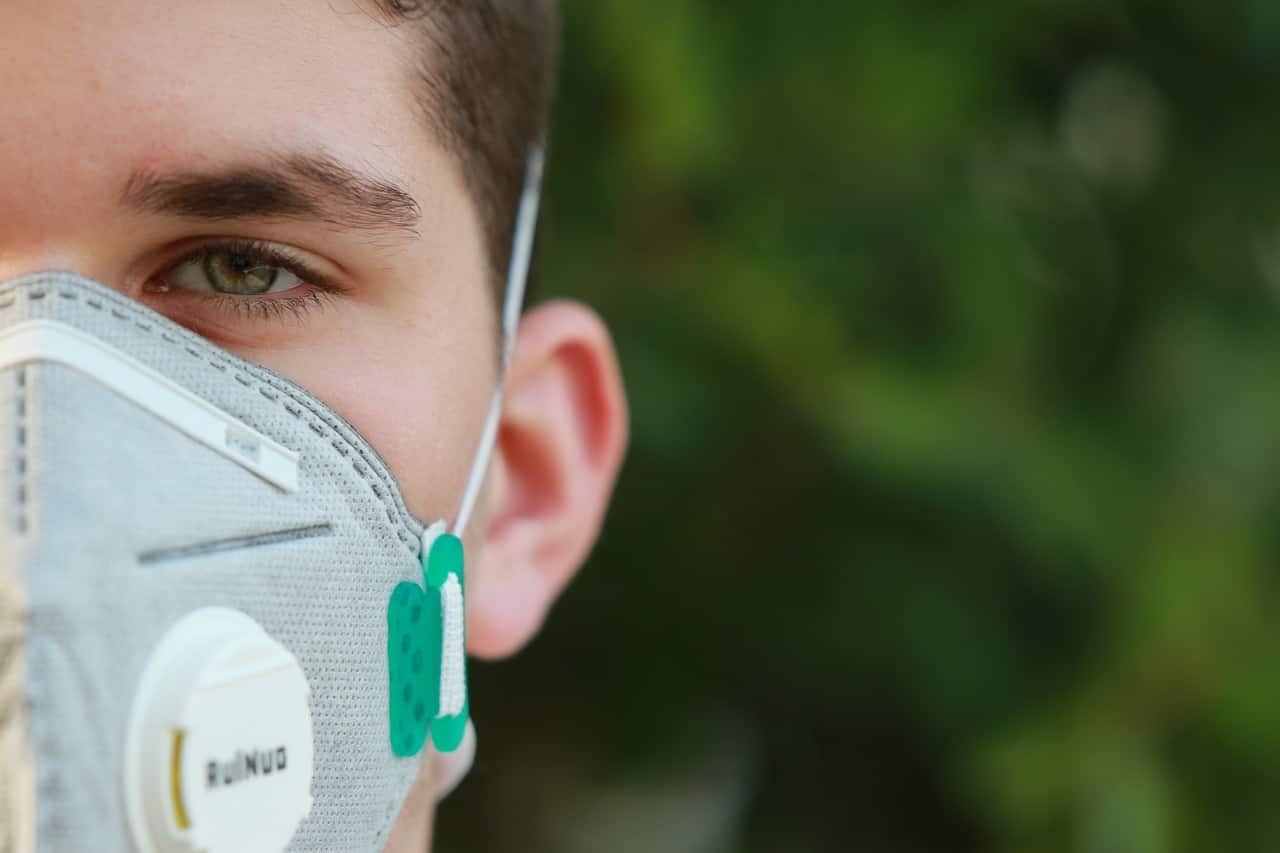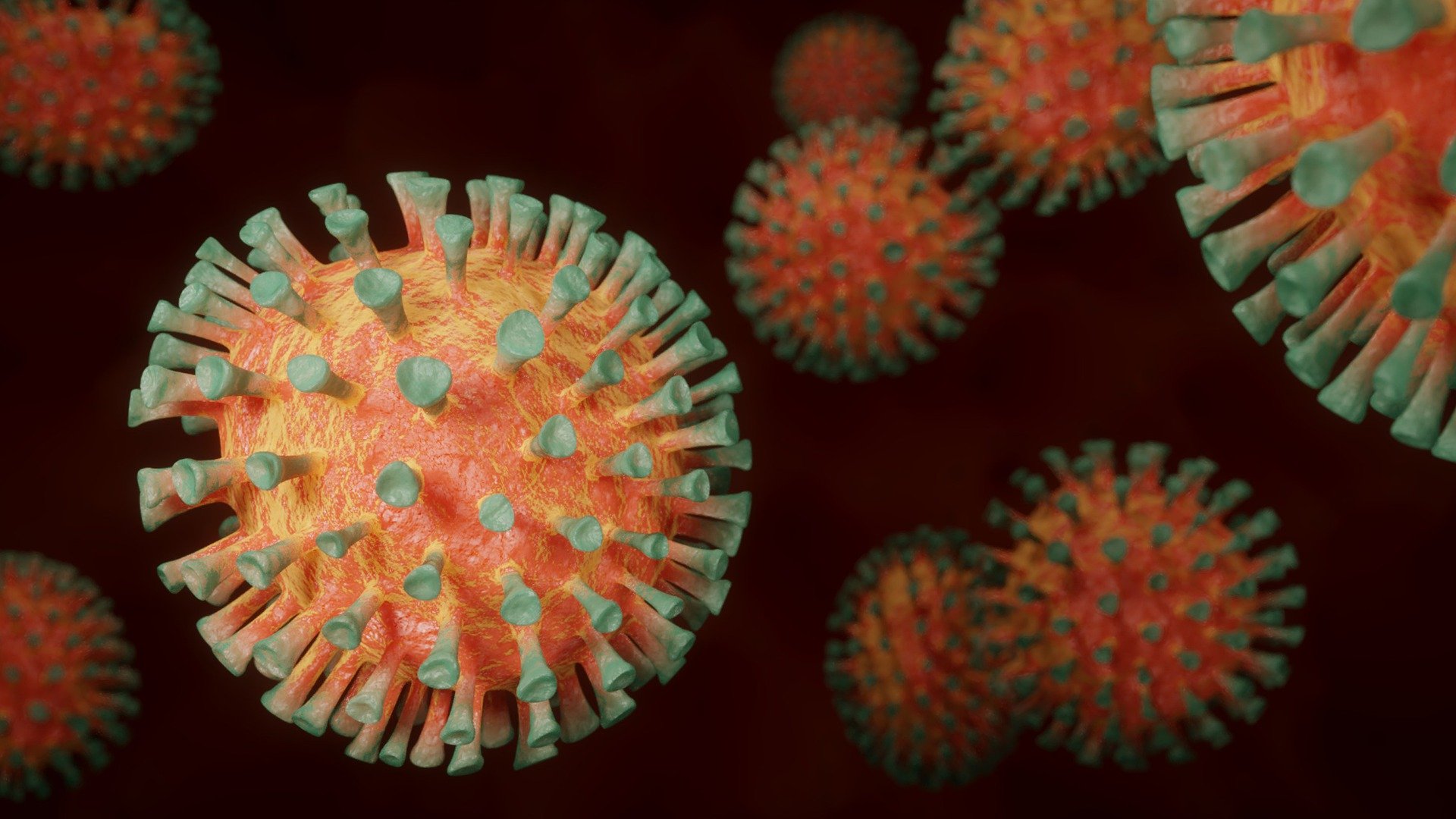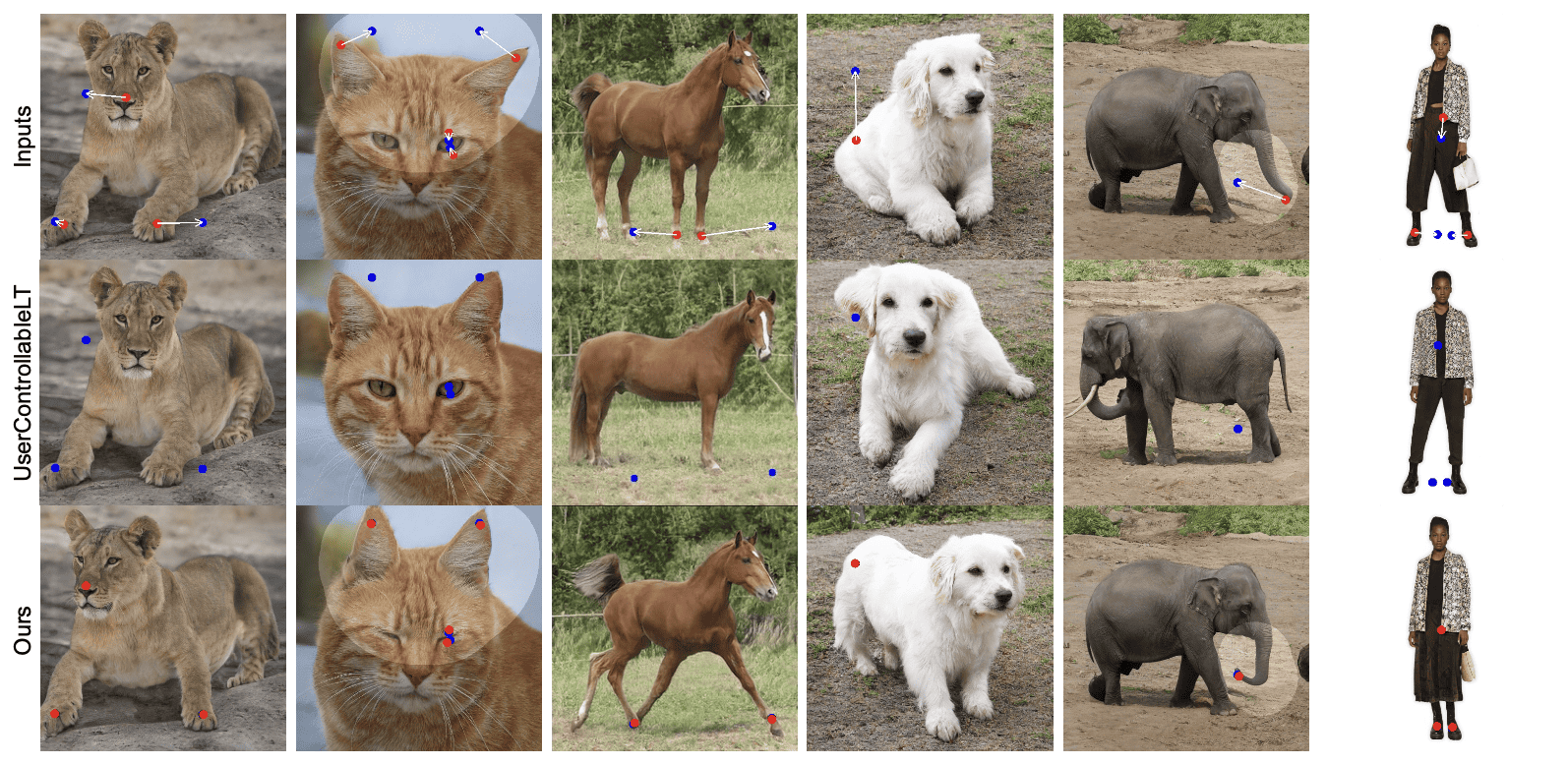
Scientists around the world are scrambling to find ways to contain the spread of the SARS-CoV-2 virus and control the corona pandemic. And they are discovering more and more potential ways to render the virus harmless. Now, scientists at the Max Planck Institute for Biophysical Chemistry in Göttingen and the University Medical Center Göttingen in Germany have developed another promising method to eliminate the viruses before they can spread in the body: so-called nanobodies, which can also be produced cheaply, bind and neutralize the virus up to 1,000 times better than previously developed mini-antibodies.
Normally, antibodies help our immune system fight off pathogens naturally by binding to viruses and neutralizing them. Industrially produced antibodies are already used to treat viral diseases. For example, in the case of hepatitis B or rabies, they act like a drug by alleviating symptoms and shortening the course of the disease. The problem, however, is that the production of antibodies is so time-consuming and expensive that they cannot be used worldwide for the treatment of COVID-19 patients. According to the researchers, the newly developed nanobodies could be the solution here.
“For the first time, they combine extreme stability and maximum efficacy against the virus and its alpha, beta, gamma and delta variants,” emphasizes Dirk Görlich, Director at the Max Planck Institute for Biophysical Chemistry. At first glance, the nanobodies function in exactly the same way as the antibodies already in use. They attach themselves to the binding domain of the virus, block it and prevent an infection of the cells. Compared to conventional antibodies, however, they have decisive advantages. “Our nanobodies can withstand temperatures of 95°C without being destroyed or forming aggregates,” explains Matthias Dobbelstein, professor and director of the Institute of Molecular Oncology at the University Medical Center Göttingen. “On the one hand, this tells us that they could remain active in the body long enough to be effective. For another, temperature-stable nanobodies are much easier to make, process and store.”
“Nanobody Triple Pack”
Even the simplest mini-antibodies would bind up to 1,000 times more strongly to the spike protein than previously developed nanobodies against COVID-19, the scientists point out. In addition, they would bind very well to the mutated receptor-binding domains of the alpha, beta, gamma and delta strains. “Our simple nanobodies may be suitable for being inhaled to contain the virus in the respiratory tract,” says Dobbelstein. “Also, because they are very small, they can easily penetrate tissues and prevent the virus from spreading further directly at the site of infection.”
To further improve this binding efficiency, the researchers linked three identical nanobodies together so that the resulting “nanobody triple pack” matched the symmetry of the spike protein – which consists of three identical building blocks with three binding domains. “In a way, we combine forces with the triple-pack: each of the three nanobodies ideally attaches to one of the three binding domains,” says Thomas Güttler, a scientist on Görlich’s team. “This creates a practically irreversible bond. The triple pack does not let go of the spike protein again and neutralizes the virus even up to 30,000-fold better than the single nanobodies.”
To prevent the kidney from excreting the nanobodies within a few hours, the triple pack is just large enough that it is expected to stay in the blood, increasing efficacy by staying in the body longer.
“Nanobody Double Pack”
As another possibility, Görlich and his team coupled two nanobodies to each other. These are designed to bind the spike together by recognizing different areas on the receptor-binding domain. “The binding of these ‘tandems’ is so strong that they are very resistant to the now ubiquitous mutations that the virus uses to evade the immune system,” explains Metin Aksu, another research associate in Görlich’s team.
The good thing about all three possibilities – the single, double and triple combination – was that even the smallest amounts were enough to stop the virus. This would not only reduce the production costs, but also reduce the burden on patients by using the nanobodies as a therapeutic agent.
Alpacas as the key to success
“Nanobodies come from alpacas and are much smaller and simpler in structure than conventional antibodies,” explains Görlich. To produce the nanobodies against Sars-CoV-2, the three alpacas Britta, Nora and Xenia from the herd at the Max Planck Institute in Göttingen were injected several times with part of the spike protein whereupon the animals formed antibodies against this protein part. Following the last injection, blood was taken from the alpacas. This was the end of their mission, says Görlich. The next steps were carried out with the help of enzymes, bacteria, so-called bacteriophages and yeasts, he says. “The overall exposure for our animals is very low, comparable to vaccination and blood testing in humans.”

In the next step, the blood of the alpacas provided the researchers with the blueprints for about one billion different nanobodies from which the biochemists fished out the best ones using bacteriophages. These were then tested for their effectiveness and “improved further and further in several design cycles.” Researchers led by Dobbelstein tried to find out whether and to what extent the nanobodies neutralized the coronavirus by simulating viral infections on cell cultures in the laboratory. “We look at which nanobodies prevent the viruses from replicating in cell cultures,” explains Antje Dickmanns. “By testing the nanobodies in many different dilutions, we find out which amount is sufficient to achieve this effect.” Some of the nanobodies are extremely impressive, Dickmanns’ colleague Kim Stegmann points out. “Less than a millionth of a gram of these nanobodies in a liter of medium is enough to completely prevent infection. In the case of the triple packs, even one-twentieth of that is enough.”
Mutations no problem, either
Antibodies that people develop through infection with the SARS-CoV-2 virus or through vaccination are not always 100% effective against mutations, just like therapeutic antibodies and nanobodies that have already been developed. The reason is that the spike protein is altered by mutation in such a way that the antibodies can no longer neutralize the virus. The new nanobodies are completely different. Although the alpacas were vaccinated with part of the spike protein of the first known Sars-CoV-2 virus, their immune systems also produced antibodies that target the alpha, beta, gamma and delta variants of the virus. “If our nanobodies prove to be too ineffective against a future variant, we can re-immunize the alpacas. Since they have already been vaccinated against the virus, they would very quickly adapt their antibodies to the new variants,” Güttler is confident.
Vaccination with nanobodies?
Next, the Göttingen scientists want to prepare the nanobodies for therapeutic use. “We want to test the nanobodies as quickly as possible for safe use as an active agent so that they can benefit those who are seriously ill as well as those who have not been vaccinated or cannot build up effective vaccine protection,” Dobbelstein emphasizes. The researchers are supported by technology transfer experts: Dieter Link (Max Planck Innovation), Johannes Bange (Lead Discovery Center, Dortmund) and Holm Keller (kENUP Foundation). Financial support comes from the Max Planck Foundation.
In addition to a path to a potential COVID-19 therapy, Görlich and his team may have even discovered a possibility for a new vaccine. Special nanobodies force correct folding in bacteria, but do not block the crucial area of the spike protein. This could potentially allow vaccines to be produced cheaply and also quickly adapted to new virus variants. “The fact that nanobodies can help with protein folding was previously unknown and is extremely interesting for research and pharmaceutical applications,” says Görlich.
Cover photo: Two of the newly developed nanobodies (blue and magenta) bind to the receptor-binding domain (green) of the coronavirus spike protein (grey), thereby preventing infection with Sars-CoV-2 and its variants. © Max-MPI f. biophysical chemistry/ Thomas Güttler
Also interesting:
Virus trap made from DNA material could render coronaviruses harmless
Synthetic protein combats viruses by blocking sugar structures
Fighting COVID-19: Exploring two potential weak points of the virus
New, promising candidates for coronavirus drugs
New ways to fight SARS-CoV-2 – Molecule attacks virus
Is an enzyme the key to eradicating the SARS-CoV-2 virus?
Genes are a potential key to new COVID-19 treatments







